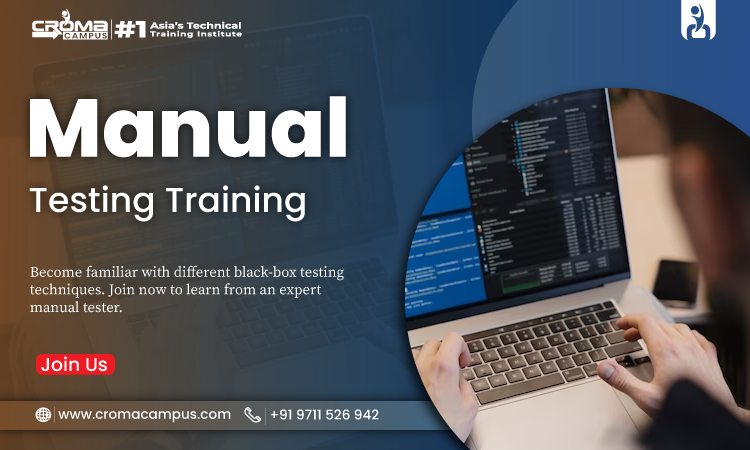
In the world of software development, testing plays a crucial role in ensuring that applications function correctly and meet user expectations. Manual testing is one of the fundamental testing methods used to identify bugs and issues in software. For beginners, understanding manual testing is essential as it forms the foundation for other types of testing.
This article provides an easy-to-understand introduction to software manual testing, highlighting its importance, process, and how you can get started with a manual testing course. So, let’s dive in.
What is Manual Testing?
Manual testing involves manually executing test cases without the use of automated tools. Testers play the role of end-users and check the software for defects. The primary goal is to ensure that the software is free of bugs and performs as expected. Unlike automated testing, manual testing requires human intervention, making it more flexible and adaptable to various testing scenarios.
Importance of Manual Testing
Manual testing is vital for several reasons:
1. Understanding User Perspective: Testers can interact with the software as real users would, providing valuable insights into user experience and usability.
2. Identifying Usability Issues: Manual testing helps uncover issues related to user interface and experience that automated tests might miss.
3. Exploratory Testing: Testers can explore the application without predefined test cases, identifying unexpected bugs and issues.
4. Flexibility: Manual testing allows for on-the-fly changes in test cases based on tester observations.
Process of Manual Testing
Manual testing follows a structured process to ensure thorough examination of the software. Here are the key steps involved:
1. Requirement Analysis: Understand the requirements and specifications of the software. This step involves reviewing documents and meeting with stakeholders to gather information about what the software should do.
2. Test Planning: Develop a test plan that outlines the testing strategy, objectives, scope, resources, and schedule. This plan serves as a roadmap for the testing process.
3. Test Case Development: Write detailed test cases based on the requirements. A test case includes specific inputs, execution steps, and expected results. This step ensures that all functionalities are tested thoroughly.
4. Test Environment Setup: Prepare the testing environment, which includes hardware, software, network configurations, and other necessary resources. Ensuring the environment is similar to the production setup is crucial for accurate testing.
5. Test Execution: Execute the test cases manually and record the results. During this step, testers interact with the application, enter inputs, and compare the actual outputs with the expected results.
6. Defect Reporting: Log any defects or issues discovered during testing. Each defect report should include a description of the issue, steps to reproduce, severity, and screenshots if necessary.
7. Test Closure: After all tests are executed and defects are resolved, prepare a test summary report. This report includes details of the testing process, test cases executed, defects found, and overall quality of the software.
Getting Started with a Manual Course
For beginners, enrolling in a testing courses is an excellent way to gain the necessary skills and knowledge. Here are some benefits of taking a manual course:
1. Structured Learning: A manual course provides a structured curriculum that covers all aspects of manual testing, from basics to advanced concepts.
2. Hands-on Practice: Courses often include practical exercises and projects, allowing you to apply what you’ve learned and gain hands-on experience.
3. Expert Guidance: Learn from experienced instructors who can provide valuable insights, tips, and best practices.
4. Certification: Many courses offer certification upon completion, which can enhance your resume and job prospects.
Key Topics Covered in a Course
A comprehensive testing course typically covers the following topics:
1. Introduction to Software Testing: Basic concepts, types of testing, and the role of testing in software development.
2. Test Planning and Documentation: How to create test plans, test cases, and other testing documents.
3. Test Execution and Defect Reporting: Techniques for executing tests and reporting defects effectively.
4. Exploratory Testing: Approaches for exploratory testing and how to perform it effectively.
5. Testing Tools: Overview of tools used for test management and defect tracking.
6. Best Practices: Industry best practices for manual testing to ensure high-quality results.
Conclusion
Manual testing is a critical aspect of software quality assurance, providing a thorough examination of software from a user’s perspective. For beginners, understanding manual testing is essential, and enrolling in a manual testing course can provide a solid foundation. These courses offer structured learning, hands-on practice, and expert guidance, making them invaluable for anyone looking to start a career in software testing. By mastering manual testing, you can contribute to delivering high-quality software that meets user expectations and performs flawlessly.


